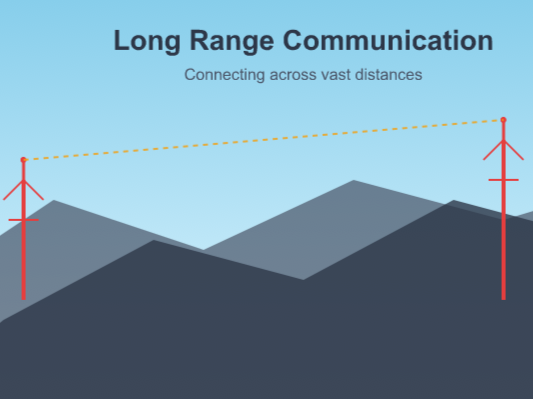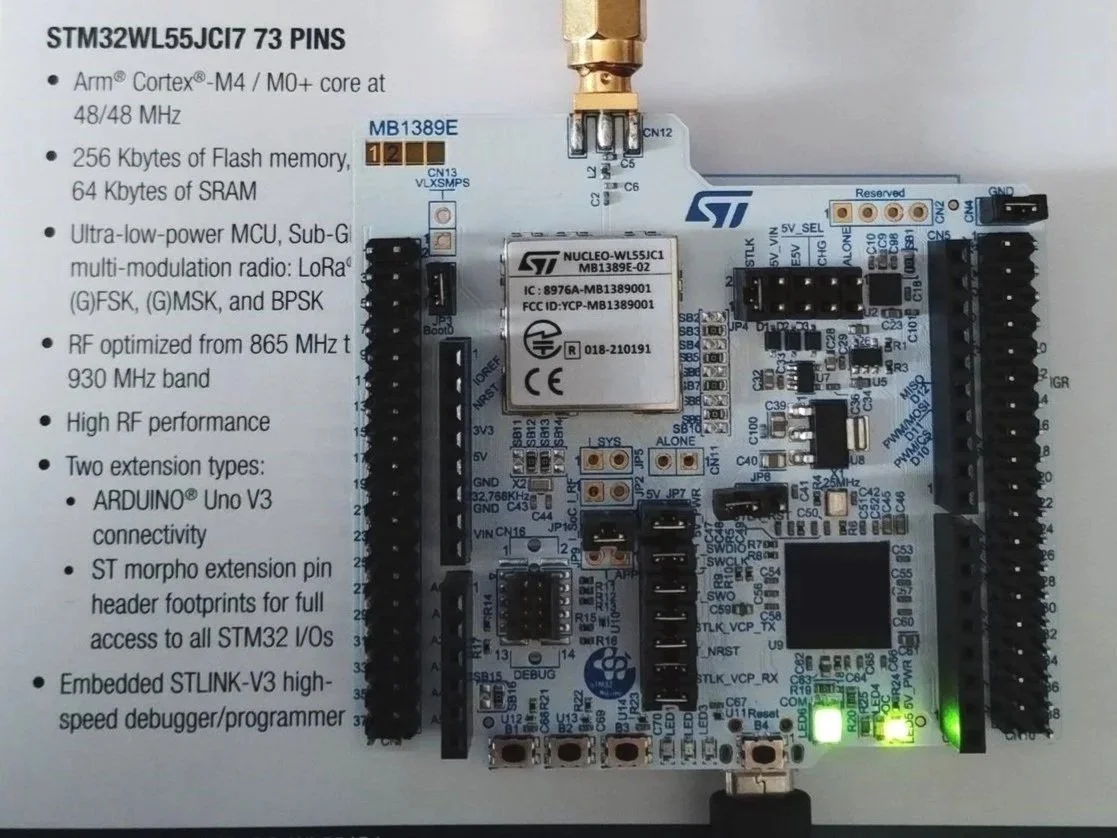
Connecting the unreachable - with minimal power.
Key problems we'd face without long-range communication technologies like LoRa:
Emergency Response Failures: Rural areas, disaster zones, and remote locations would become communication dead zones during critical situations. Emergency services couldn't coordinate effectively, potentially costing lives when cellular towers fail or don't exist.
Agricultural Inefficiencies: Modern precision farming relies on sensor networks spanning vast fields to monitor soil conditions, weather, and crop health. Without long-range communication, farmers would lose real-time data collection, leading to reduced yields and wasted resources.
Infrastructure Monitoring Gaps: Critical infrastructure like pipelines, power grids, and water systems often span hundreds of miles through remote terrain. Without long-range communication, detecting leaks, outages, or failures would depend on manual inspections, creating dangerous delays.
Environmental Blindness: Weather stations, flood sensors, and environmental monitoring equipment in remote locations couldn't transmit data back to central systems. This would severely hamper weather forecasting, climate research, and early warning systems for natural disasters.
Economic Isolation: Remote communities and businesses would struggle to participate in digital economies. Supply chain tracking, remote equipment monitoring, and automated systems would be impossible in areas beyond traditional network coverage.
Scientific Research Limitations: Field research in remote locations - from wildlife tracking to geological monitoring - would lose the ability to transmit real-time data, forcing researchers back to time-consuming manual data collection methods.
The absence of long-range, low-power communication would essentially create a two-tiered world where remote areas remain disconnected from the digital infrastructure that increasingly underpins modern society.

IoT Device - What if objects could interact?
If Objects Could Talk: The Silent World Without IoT
Without IoT, we face a cascade of "silent" problems. Predictive maintenance becomes impossible—equipment fails unexpectedly, causing costly downtime and safety hazards. Your refrigerator can't tell you when food is spoiling, leading to waste and health risks. Industrial machinery operates blindly until catastrophic failure occurs.
Energy efficiency plummets without smart systems. Buildings waste electricity because they can't communicate occupancy levels or adjust temperature automatically. Traffic lights can't coordinate with real-time traffic patterns, creating unnecessary congestion and emissions.
Supply chain visibility disappears. Products move through complex networks without tracking, making it impossible to locate shipments, predict delays, or manage inventory effectively. Quality control suffers when sensors can't monitor production conditions in real-time.
Emergency response deteriorates without connected devices. Smoke detectors can't alert authorities automatically, medical devices can't transmit patient data to hospitals, and infrastructure problems go undetected until they become disasters.
In essence, without IoT, objects remain mute witnesses to inefficiency, waste, and preventable failures. They hold valuable information about their condition, environment, and performance but have no way to share it. IoT gives voice to the voiceless, transforming silent objects into intelligent communicators that help us make better decisions and prevent problems before they occur.
